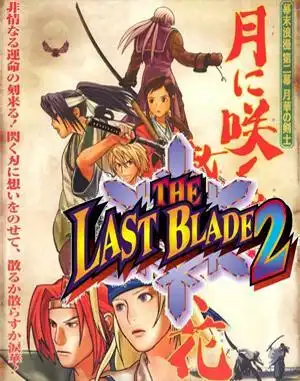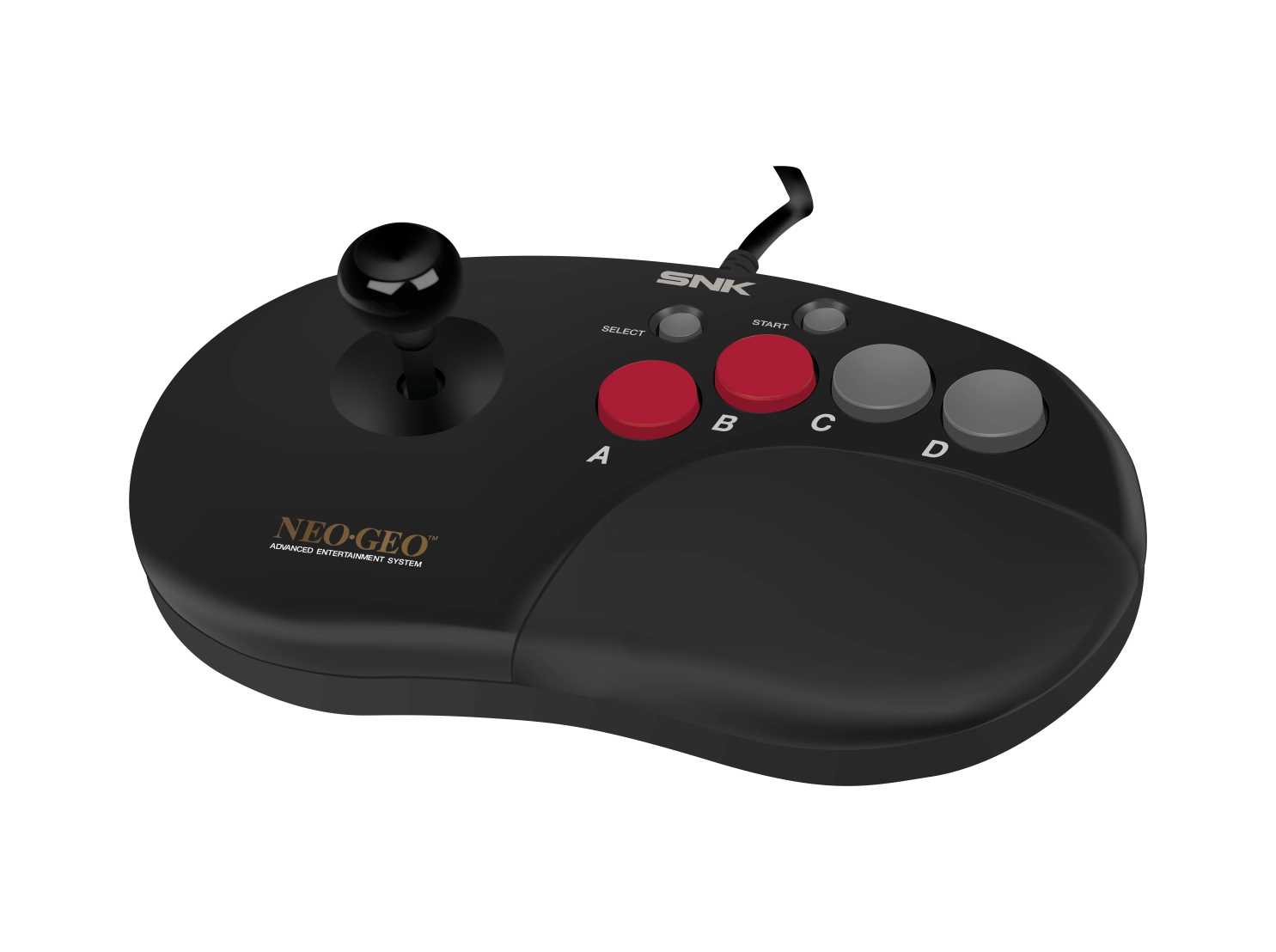Step back into the twilight of the Edo period, a time when swords clashed and spirits roamed. When you think of SNK fighting games, titans like Fatal Fury and King of Fighters often come to mind, but tucked away in the latter half of the Neo Geo's life was a series that dripped with atmosphere and refined combat: The Last Blade. And its sequel, The Last Blade 2 Neo Geo, is widely considered the pinnacle.
Released in 1998 for the Neo Geo MVS arcade system and later the AES home console, The Last Blade 2 wasn't just a fighting game; it was a mood. Building upon the solid foundation of the first game, it plunged players deeper into a historical fantasy world filled with samurai, swordsmen, and supernatural elements, all rendered with SNK's signature gorgeous pixel art.
A Cut Above: What Makes BL2 Special?
The Last Blade 2 took the core mechanics of its predecessor – the Speed and Power fighting styles – and polished them, adding an 'EX' mode that blended elements of both for a truly versatile combat system. The game retained the powerful 'Desperation Moves' and introduced 'Super Desperation Moves' for even flashier finishers.
But it wasn't just about the moves. The Last Blade 2 felt heavier, more deliberate than many of its contemporaries. Parries were crucial, and understanding the nuances of each character's reach and style was key to victory. The mood was noticeably grimmer, with darker palettes and longer cutscenes that really pushed the narrative forward, emphasizing the stakes in this era of chaos.
Faces of the Meiji Era: Memorable Characters
The roster in The Last Blade 2 was a blend of returning favorites and compelling newcomers. The sequel introduced three notable characters:
- Hibiki Takane: The determined daughter of a swordsmith seeking vengeance. Her alternate endings added replayability and tied into her personal journey.
- Setsuna: A central antagonist, an evil spirit possessed by hate, wielding a dark blade.
- Kaori Sanada: Taking on the identity of her deceased brother, Kojiroh, to continue his work and hunt down the monstrous Shikyoh.
Each character felt distinct, not just in their movesets but in their motivations and place within the game's rich, albeit dark, narrative tapestry.
Beyond the Arcade: Where to Play Today
While the original Neo Geo MVS and AES cartridges are the stuff of collector dreams (and budgets!), The Last Blade 2 wasn't confined to SNK's hardware forever.
- Neo Geo CD: Offered a more affordable home console option at the time.
- Dreamcast: Released as Heart of the Samurai, this version added extra features like a gallery and voiced cutscenes.
- PlayStation 2: Japan received an arcade-perfect compilation of both Last Blade games.
- PlayStation 4 & PlayStation Vita: Modern ports developed by Code Mystics brought this classic to contemporary consoles, often available digitally.
These ports allowed a new generation (and nostalgic veterans) to experience the game without needing original Neo Geo hardware, though for many, the Neo Geo version holds a special, almost sacred, place.
Why the Neo Geo Version Still Matters
There's something undeniably special about playing The Last Blade 2 on original Neo Geo hardware or via highly accurate emulation. The feel of the controls, the perfect pixel presentation on a CRT (if you're lucky!), and the sheer history attached to SNK's "King of Games" console add layers to the experience. It represents a peak moment for 2D sprite-based fighting games and a testament to SNK's mastery before the industry fully shifted to 3D.
Final Thoughts
The Last Blade 2 Neo Geo remains a beloved classic for good reason. It's a fighting game with depth, style, and an atmosphere that few others have matched. Whether you first played it in a smoky arcade, on an AES console, or discovered it through a modern port, its legacy as one of SNK's finest hours is undeniable. It's a game that rewards patience and precision, a true samurai epic in pixel form.
FAQ
Q: Is The Last Blade 2 available on modern platforms? A: Yes, it has been released on platforms like PlayStation 4 and PlayStation Vita. It is also often available on PC via digital storefronts like GOG or Steam as part of SNK collections or standalone releases.
Q: What's the difference between Speed and Power modes? A: Speed mode focuses on combos and quick attacks, while Power mode allows for fewer hits but deals more damage and often includes a powerful 'charge' attack. EX mode combines elements of both.
Q: Are the Neo Geo AES and MVS versions the same? A: For The Last Blade 2, the AES home console version is generally considered an arcade-perfect port of the MVS arcade version.
Q: Is The Last Blade 2 a sequel to The Last Blade? A: Yes, it is a direct sequel, continuing the story and refining the gameplay mechanics of the first game.


